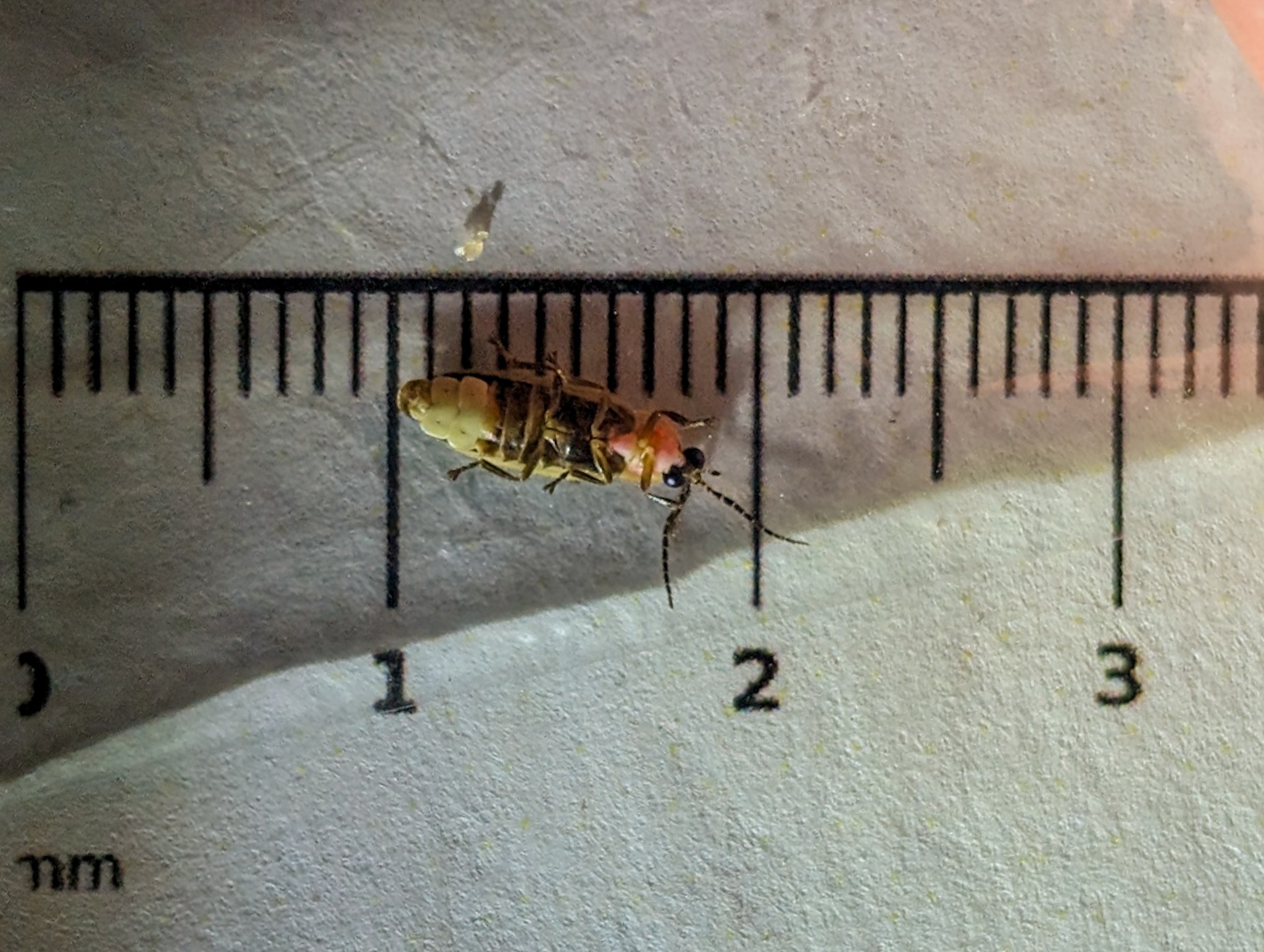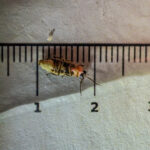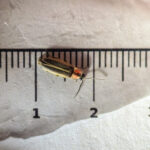Observation: Photinus texanus
Primary Observer:
Candace Fallon
Event Date:
2024-05-15
Status:
Verified



Survey
Site Name:
Honey Creek State Natural Area
Province/State:
Texas
Event Date:
2024-05-15
Time of Day:
Night-Time
Start Time:
20:10
End Time:
21:50
Number of Observers:
3
Primary Observer:
Candace Fallon
Additional Observers:
Ben Pfeiffer, Nicholas Bloom
Target Species Genus:
Photinus
Target Species Species:
dimissus
Location and Habitat
Location Accuracy (meters):
0-25
Habitat Type:
Riparian - Areas Along lake or stream
Habitat Type Notes:
Riparian corridor dominated by bald cypress (Taxodium distichum); open upland areas composed of live oak-Ashe juniper with scattered meadows.
Elevation (meters):
362
Area Searched (hectares):
3
Artificial Light Sources
Vehicles: No
Street Lights: No
Buildings: No
Street Lights: No
Buildings: No
Artificial Light Types
Sky Glow (diffuse illumination in the sky): No
Light Trespass (light cast on surfaces beyond its intended target): No
Glare (bright light causing visual discomfort): No
Light Trespass (light cast on surfaces beyond its intended target): No
Glare (bright light causing visual discomfort): No
Artificial Light Notes:
No ALAN observed at the site. Note that much of the site had a decent canopy cover, which kept the area quite dark, even with a nearly quarter-full moon.
Observation
Observation Type:
Flashing
Number Observed:
2-10
Genus:
Photinus
Species:
texanus
Observation Notes:
Small Photinus. Pronotal stripe present from base to apex, typical of P. texanus. Slightly paler dusky elytra compared to P. dimissus.
Specimen Voucher Number:
Flash Behavior
First Flash Time:
20:40
Last Flash Time:
21:30
First Flash Temp (F):
86.2
Last Flash Temp (F):
83
Flashes in Pattern:
1
Flash Color:
White
Flash Pattern Period:
4-5
Flash Duration:
1
Flash Interval:
3-4
Male Height Zone:
Moderate (3-8 ft)
Flash Location:
Flashing above grass clumps and shrubs in wooded riparian area along Honey Creek.
Male Flash Behavior:
Quick single flashes given during flight and while perched on grasses. This particular individual was captured while flashing on grasses with approximately 5 others in nearby clumps. Initially expected to be a female because of this behavior, but turned out to be a male.
Female Flash Behavior:
Not observed



